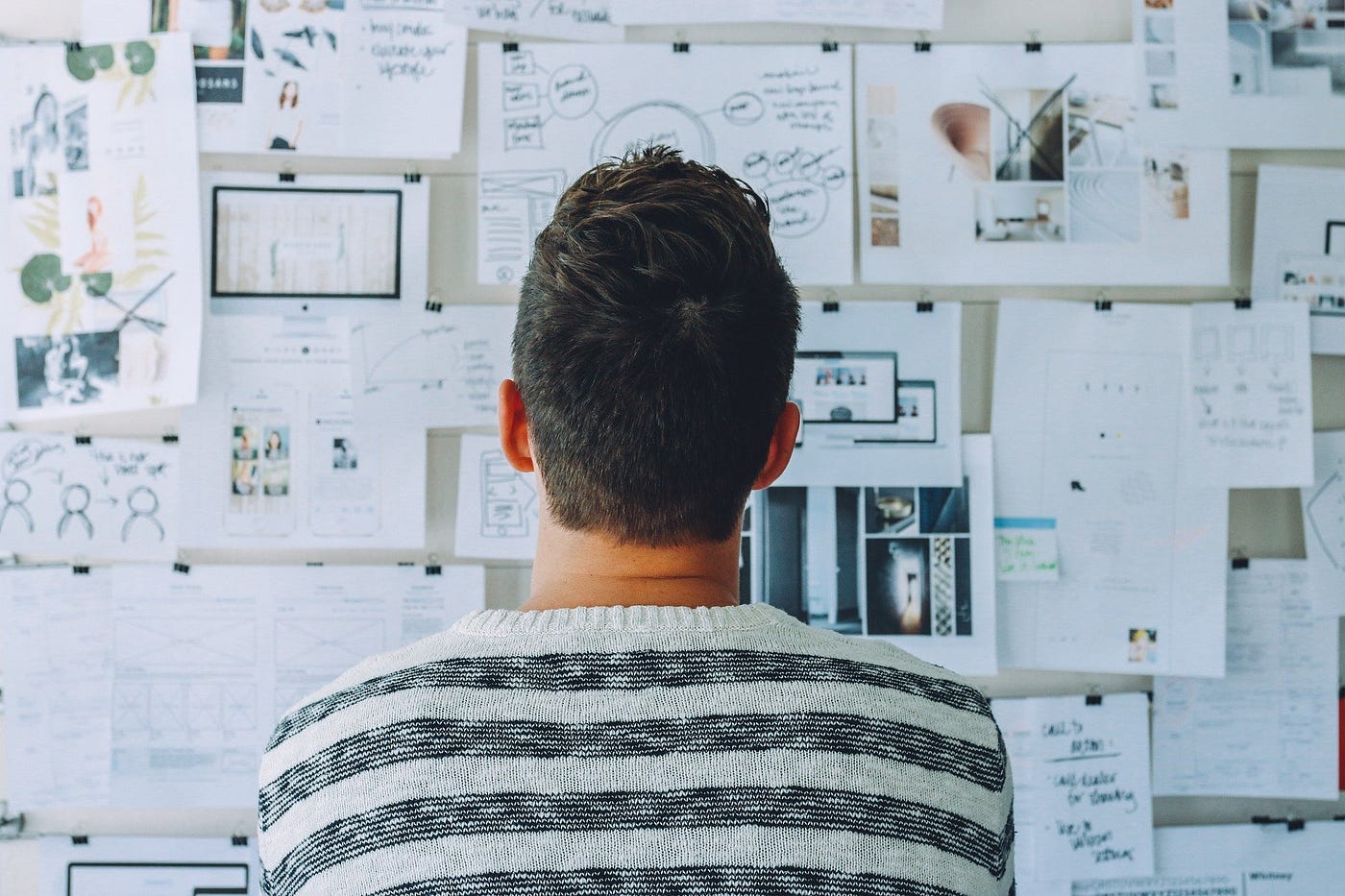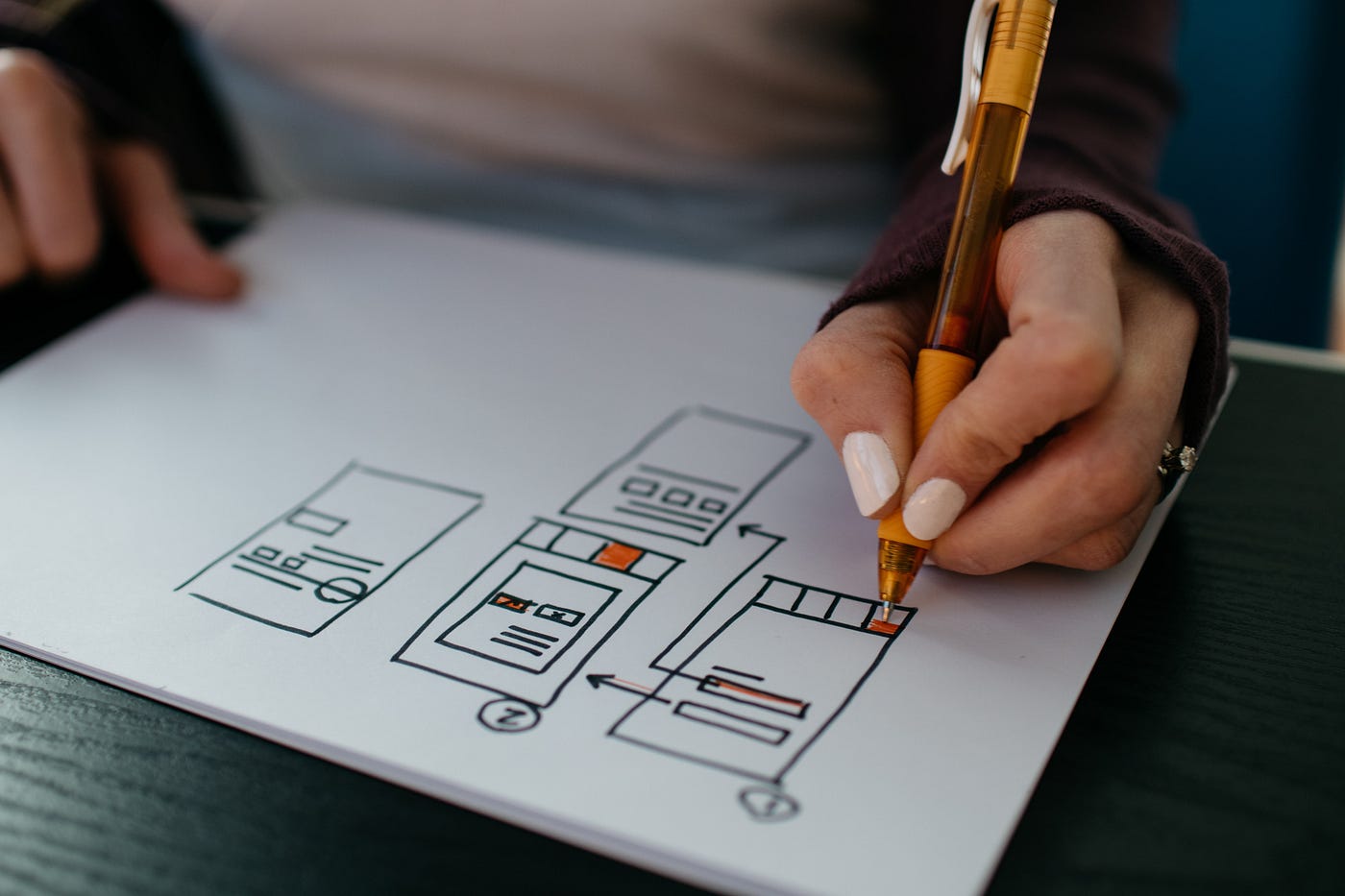10 things that make a great product designer
I’ve spent the last 10 years as a product designer and manager at enterprise software companies, from startups to Fortune 100 companies, and in a variety of industries from financial services to education. During this time, I’ve heard dozens of explanations of what product design is and held many of the opaque job titles to go along with it.
Here’s a small sample of job titles in our field:
- User experience designer
- User interface designer
- Interaction designer
- Usability specialist
- Product designer
- Information architect
- UX strategist
Before we jump into what makes a great product designer, what exactly do product designers do? The industry doesn’t make it easy for us to understand what designers actually do and what to look for. Wikipedia gives this definition for product design:
The set of properties of an artifact, consisting of the discrete properties of the form (i.e., the aesthetics of the tangible good or service) and the function (i.e. its capabilities) together with the holistic properties of the integrated form and function.
I don’t know about you, but to me, that sounds pretty confusing. More simply put, a product design is a set of instructions for how something should look and work.
And a product designer defines both of these aspects.
When I first became a design leader, I found it challenging to define what we need to look for when recruiting and developing design talent.
Are you a product designer wondering how to move up in your career? Or are you too a design manager or leader looking to recruit strong designers and level up your team?
Let’s dive in.
Product mindset

1. A great designer is curious.
From digital applications to your microwave, there’s a story behind every product. Designers want to uncover these stories. They find and understand the problems with each product, and wonder “Why was it designed this way?” These product design problems impact everyone, even the smartest engineers:
“Kenneth Olsen, the engineer who founded and still runs Digital Equipment Corp., confessed at the annual meeting that he can’t figure out how to heat a cup of coffee in the company’s microwave oven.” — Don Norman, The Design of Everyday Things
Try this
No product is perfect, but you can’t find the imperfections until you understand the product inside and out. So — learn the product you’re designing. Use it as your customers use it, and you’ll begin to uncover the issues that impact them the most.
2. A great designer does their research.
There are dozens of versions of almost every product. Designers explore it all in order to find the good and leave the bad before drawing up a single solution. They know when and how to talk with customers, users, and stakeholders to acquire a deep understanding of the pain points and the domain within which they work.
Try this
Whether you are designing a backpack or a web application, find and use comparative and competitive products. Study every aspect, replicate the product strengths, and improve the weak spots.
3. A great designer delivers business value.
Companies create products to solve a customer problem and increase their bottom line. An effective designer does not design in a vacuum — they understand that although usability is very important, without value, it is meaningless. A great designer can articulate how the solution is going to add business value before designing a single pixel.
Try this
Learn about the business you work within. How does your company generate revenue, reduce costs, and market and sell your products? After learning about this, directly tie your work to these business goals. What would your business gain with your next product design? How could they further benefit with a better design than what you have today?
Design abilities

4. A great designer thinks visually.
Designers yield the superpower to visualize ideas. They can take their own thoughts and combine them with others’ ideas to paint a picture (sometimes literally) that illustrates what’s in everyone’s heads. Speech, documents, and slide decks are transformed into sketches and mockups to help ground everyone’s thinking with something tangible. Great visuals drive direction, expedite conversations, and bring products to life.
Try this
Show, don’t tell. Next time, try drawing out your ideas instead of speaking to them or writing them in words. Take your next team discussion and provide a visual to drive alignment and engagement.
5. A great designer experiments.
Going from ordinary to innovative requires rapid idea generation and learning — using the scientific method of experimentation to prove or disprove a hypothesis and assumptions. Designers try out ideas, and keep in mind that every failure comes with important lessons for the future. Good design often requires making mistakes.
Try this
Next time you are designing, don’t stop at one idea. Aim for three distinct ideas — and it’s okay if some of them are rough. Sometimes bad ideas contain some good that you can carry forward or alter your thinking.
6. A great designer simplifies.
According to Braun’s revolutionary designer, Dieter Rams, “Good design is as little design as possible.” Great designers focus on the essentials and intentionally eliminate anything obtrusive. They practice and preach simplicity not only in the designs themselves, but also in their presentation — only enough design and instruction to communicate the solution effectively.
“Good design is as little design as possible. Less, but better — because it concentrates on the essential aspects, and the products are not burdened with non-essentials. Back to purity, back to simplicity.” — Dieter Rams
Try this
Next time when analyzing your designs, look for one way to simplify it — just one aspect or element you can remove without diminishing the essential concept.
7. A great designer is detail-oriented.
Imagine using your favorite product. It probably does all the important things it was designed to do, and looks polished. This is the same standard our customers hold us to as designers. Great designers review their work to remove any flaws, but they also know when to stop iterating. It’s not about our own sense of perfection — it’s about giving our customers what they deserve so that they come back for more.
Try this
Review your work, several times. When you were in school, your teachers forced you to proof-read your essays. You may have conducted and received peer-reviews as well. The same principles apply here to ensure the quality and consistency your customers deserve.
Communication

8. A great designer forms opinions.
Often, designers incorrectly look for external validation first, consulting users and stakeholders before determining if a design is viable. This methodology of research can be costly and sometimes misleading depending on who you ask and what you are testing. It is important for a designer to first generate designs based on their internal judgment — taking a strong stance on both the current designs and further improvements to drive outcomes. The research comes into play afterwards, to validate these opinions.
Try this
While reviewing a design, ask yourself, “How would a user behave when using this?” and most importantly, “Why?” If you realize that the user could have a better experience, what changes in the design would help fulfill that?
9. A great designer tells an effective story.
The best designers are great storytellers — influencing others and inspiring them to understand why the designs on the screen could and should become a reality. Storytelling goes beyond allowing you to explain the rationale behind a design; its most powerful function is to advocate for your vision and motivate your team to buy in and make it happen.
Try this
Prepare, practice, and improve. Write out your next design presentation. Then, simplify and clarify it. Practice with a peer or by yourself. Once you’ve presented, find one way to improve your presentation for next time. You can do this by making it clearer, more inspiring, or more convincing.
10. A great designer invites feedback.
Last, but not least, great designers don’t just accept feedback — they invite it. They continually ask how to make a design better and how to make themselves better designers, seeking feedback from customers, team, mentors, and other designers. They understand that hearing someone else’s honest opinion can present new ideas for making improvements that you wouldn’t have thought of yourself.
Try this
Make it a rule to yourself to ask a certain number of teammates for feedback on your work and yourself, and make sure you listen. Then, you get to decide which pieces are the best to incorporate. And of course, don’t forget to thank your teammates for sharing their thoughts!
What’s your feedback?
Whether you design buildings, shoes, or mobile apps, what separates the average designers from the great ones? What would you add to this list, or better yet — what would you remove? I’m curious to hear your thoughts.
